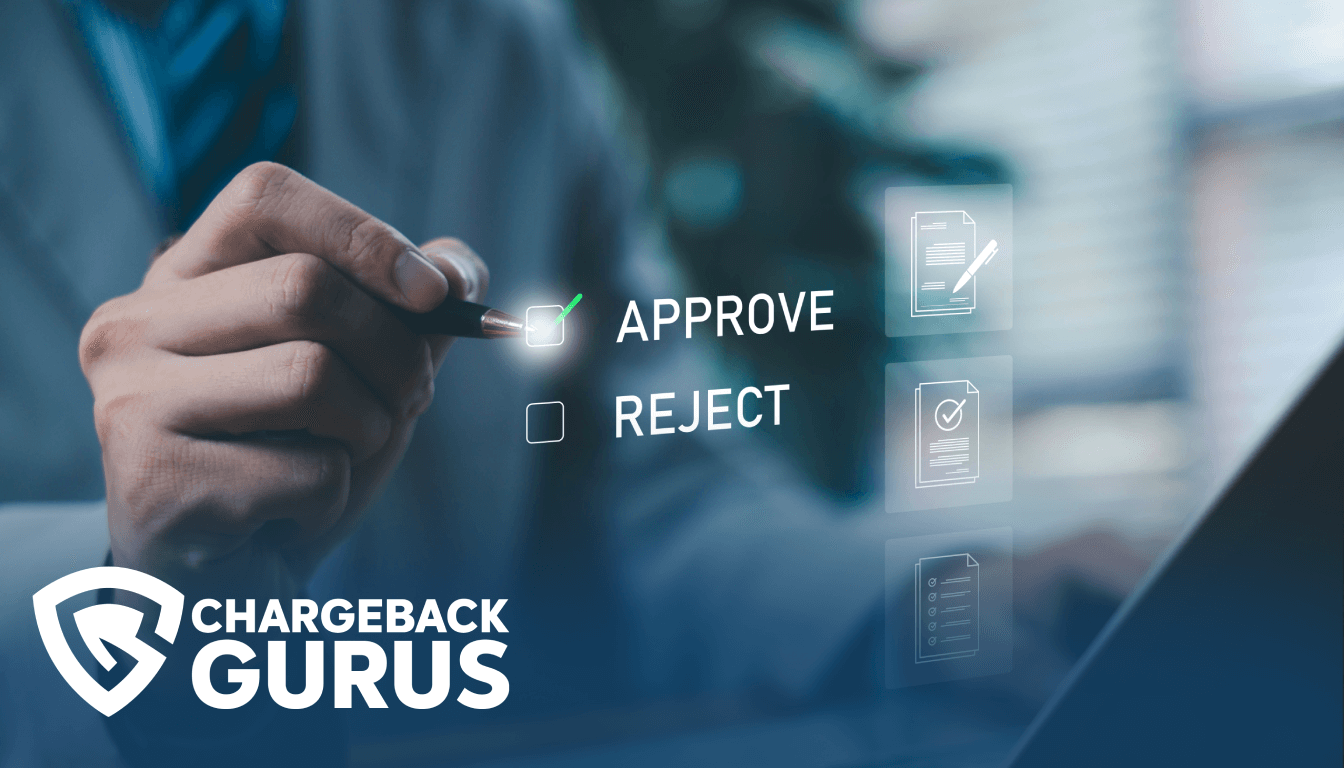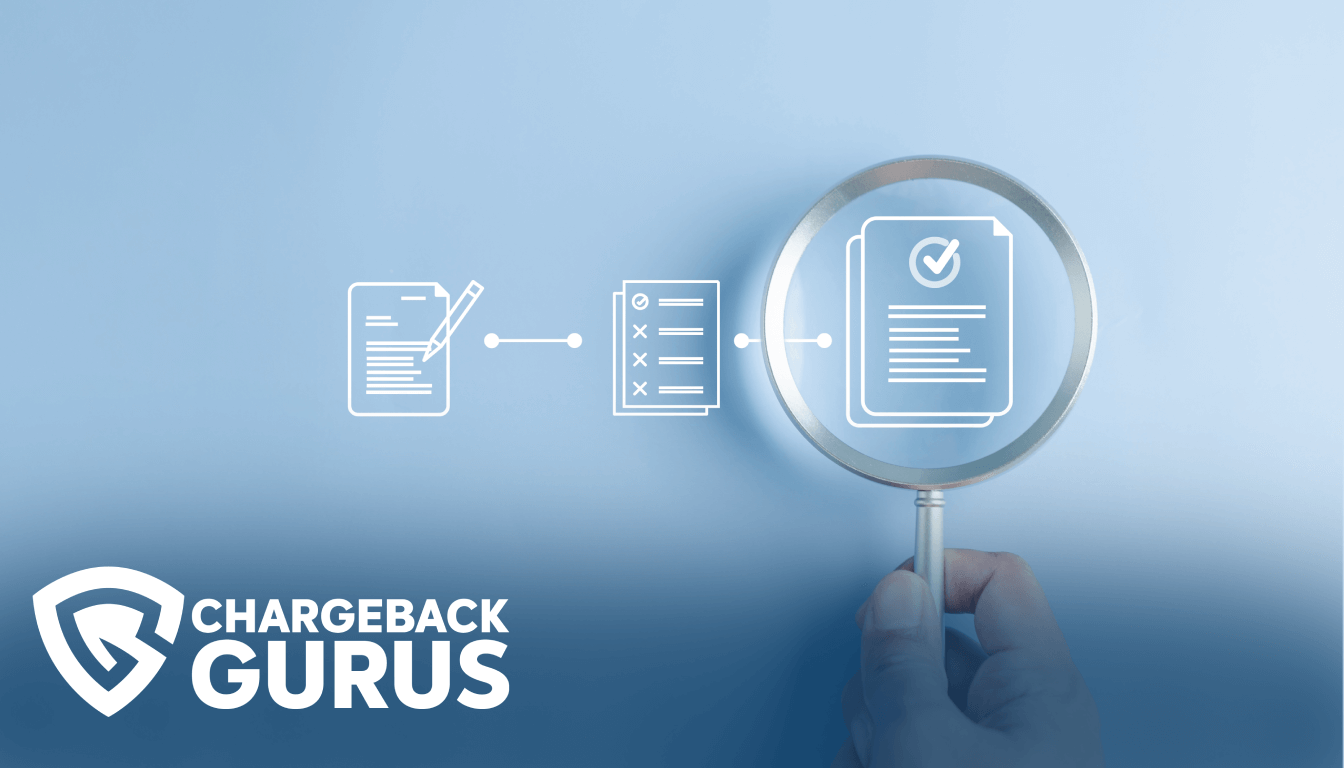American Express Chargeback Reason Code C31: Card Member Disputes

Table of Contents
- What is American Express chargeback reason code C31?
- What causes code C31 chargebacks?
- What's the time limit to respond to code C31 chargebacks?
- How can merchants fight code C31 chargebacks?
- How can merchants prevent code C31 chargebacks?
- About American Express chargeback reason codes
Merchants who receive a chargeback for a transaction placed with an American Express card may encounter reason code C31, which indicates a disputed transaction that the cardholder does not believe they should be responsible for paying. The actual underlying cause of this chargeback is usually either friendly fraud or merchant error. Merchants who believe they have received an invalid chargeback under reason code C31 may be able to represent the transaction and reverse the chargeback with the right compelling evidence.
What is American Express chargeback reason code C31?
American Express chargeback reason code C31 falls under the “Card Member Disputes” category. The shorthand description is “Goods/Services Not as Described.” This means the cardholder claims that they received goods or services that were substantially different from what the merchant described.
Everyone has had the experience of buying a product that didn’t quite live up to what was advertised—the “X-ray specs” that were just a gag, the fast-food burger that was a limp and soggy mess compared to the majestic sandwich shown in the TV commercial, the swampy and mosquito-ridden resort that barely resembled the paradise in the Instagram influencer’s video.
This is one of the most subjective chargebacks for card networks to adjudicate, but customers do have rights and protections when merchants deliberately mislead them.
What causes code C31 chargebacks?
Often, this chargeback occurs because a customer is genuinely dissatisfied with the quality of the product they ordered or the services they received. Sometimes they have valid reasons for feeling this way, and sometimes their expectations are unrealistically high.
Merchants sometimes play a role in setting overly-high expectations by using misleading photos or edited product videos, or by making promises that they aren’t really able to deliver on.
Because this chargeback reason is so subjective, it shows up often in friendly fraud cases where the customer is simply trying to score a free purchase.
What's the time limit to respond to code C31 chargebacks?
The acquirer or merchant has 20 days to respond to a chargeback filed under reason code C31.
How can merchants fight code C31 chargebacks?
If you can prove that the product you delivered was substantially the same as what was presented to the customer at the time of purchase and that you made no efforts to deceive or mislead them, you may be able to fight this chargeback.
Your response should include at least one of the following items:
- If the goods or services provided are the same as what was promised, provide copies of the written descriptions made available at the time of the purchase. You may also provide other forms of evidence such as photographs, emails, and related marketing materials.
- If the merchandise or services provided were defective, provide one or more of the following:
- Proof that you tried to repair or replace the merchandise or provide alternate services.
- Proof that the cardholder did not comply with your clearly stated cancellation or return policy.
- Proof that the cardholder agreed to accept the goods or services “as is.”
- If you have already processed a refund for the transaction in question, provide documentation that proves you have credited the cardholder’s account.
How can merchants prevent code C31 chargebacks?
When it comes to preventing code C31 chargebacks, honesty is the best policy. Be upfront about what you’re offering and what you can do for the customer, and remember that a refund is always less costly and harmful than a chargeback.
Here are some specific guidelines to follow:
- Make sure all service and merchandise descriptions are complete, accurate, and not misleading.
- Make sure your fulfillment department is familiar with your merchandise, has a complete understanding of what has been purchased, and knows what to ship.
- Provide exceptional customer service and promptly acknowledge customers when they make contact.
- If the cardholder contacts you because they are unhappy with the quality of the product or services they purchased, promptly fulfill all valid requests for replacements or refunds.
About American Express chargeback reason codes
Reason codes are alphanumeric codes that provide the justification for granting a chargeback. Pursuant to the Fair Credit Billing Act of 1974, cardholders have the right to dispute unauthorized or erroneous charges, and issuing banks must reverse a disputed transaction if the cardholder’s claim is valid.
When a cardholder contacts their issuing bank to dispute a transaction and receive a chargeback, the dispute is assigned a reason code that most closely matches the substance of the cardholder’s claims. The reason code provides the merchant and other stakeholders in the dispute with a concise explanation for why a chargeback has been granted.
Each card network—Visa, Mastercard, American Express, and Discover—defines and maintains their own unique set of reason codes, which are applied to disputes by the banks that issue credit and debit cards under their brands.
As both a card network and an issuer, American Express specifies 34 reason codes under the categories of Fraud, Authorization, Processing Errors, Card Member Disputes, and Inquiry/Miscellaneous. Each American Express reason code consists of one or more letters, indicating the category, and a number that identifies the specific dispute reason.
Understanding chargeback reason codes is one of the most essential parts of effective chargeback management. Identifying the chargeback reason code and the evidence required to fight it is the first step in chargeback representment, and analyzing your chargeback reason codes can provide you with insights into what types of disputes are causing you the most trouble. With this information, you can determine the root causes of your chargebacks and take action to prevent them from reoccurring.


